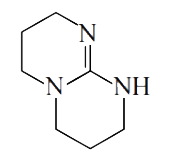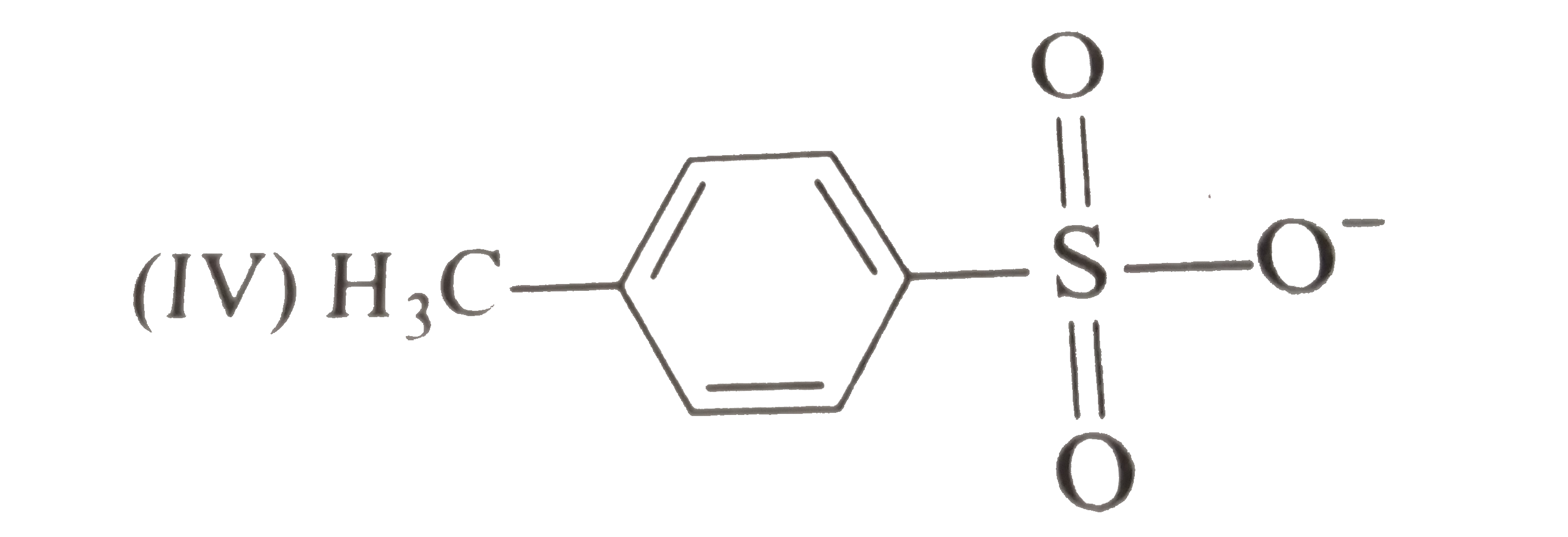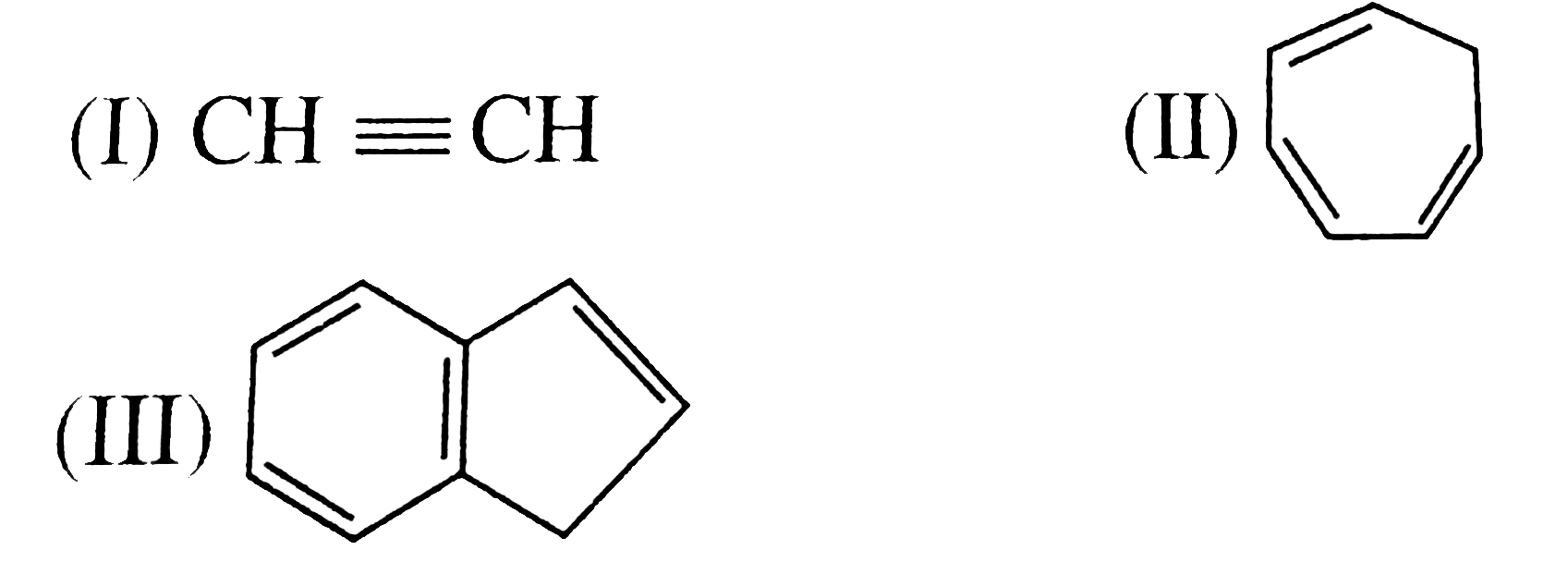The decreasing order of pKa value of the following is :
(I) CH≡CH
(II) 
A
III>I>II
B
II>I>III
C
I>III>II
D
I>II≡III
Video Solution
Text Solution
The correct Answer is:B
(b) The decreasing order of pKa value : II>I>III

The more stable is the CB, The stronger is the acidic strength (lower pKa).
|
Topper's Solved these Questions
- GENERAL ORGANIC CHEMISTRYBook:CENGAGE CHEMISTRYChapter:GENERAL ORGANIC CHEMISTRYExercise:Single Correct
Explore 25 Videos
- GENERAL ORGANIC CHEMISTRYBook:CENGAGE CHEMISTRYChapter:GENERAL ORGANIC CHEMISTRYExercise:Assertion-Reasoning
Explore 5 Videos
- GENERAL ORGANIC CHEMISTRYBook:CENGAGE CHEMISTRYChapter:GENERAL ORGANIC CHEMISTRYExercise:Comprehension
Explore 20 Videos
- CLASSIFICATION AND NOMENCLATURE OF ORGANIC COMPOUNDSBook:CENGAGE CHEMISTRYChapter:CLASSIFICATION AND NOMENCLATURE OF ORGANIC COMPOUNDSExercise:Analytical and Descriptive Type
Explore 3 Videos
- HYDROGEN, WATER AND HYDROGEN PEROXIDEBook:CENGAGE CHEMISTRYChapter:HYDROGEN, WATER AND HYDROGEN PEROXIDEExercise:Subjective Archive (Subjective)
Explore 3 Videos
Similar Questions
Knowledge Check
The decreasing order of acidic character of the following is :
(I) CH=CH
 .AI>II>IIIBII>I>IIICIII>II>IDI>III>II
.AI>II>IIIBII>I>IIICIII>II>IDI>III>IIThe decreasing order of acidic character of the following is :
(I) CH3SH
(II) CH3OH
(III) H2O
(IV) EtOH.AI>II>III>IVBIV>III>II>ICI>III>II>IVDIII>I>II>IVThe decreasing order of dipole moment of the folliwng is:
I. CH3Cl, II. CH3Br, III. CH3FA(I)>(II)>(III)B(I)>(III)>(II)C(II)>(I)>(III)D(II)>(III)>(I)
The decreasing order of +I effect of the following is :
(I) −OӨ
(II) Me−
(III) Et−
(IV) Me2CH−
(V) Me3C−.
View SolutionThe increasing order of PKb for the following compounds will be
(1) NH2−CH=NH,

(3) CH3NHCH3
View SolutionCorrect Decreasing order of pKb value of Following Compound is

View SolutionThe decreasing order of nucleophilicity among the nucleophiles is :
(I) CH3−C∣∣O−O−
(II)CH3O−
(III) NC− (IV)
View SolutionDecreasing order of stability for the following radicals is :
C(I)H2=⋅CH,⋅C(II)H2=CH2,

View Solution

